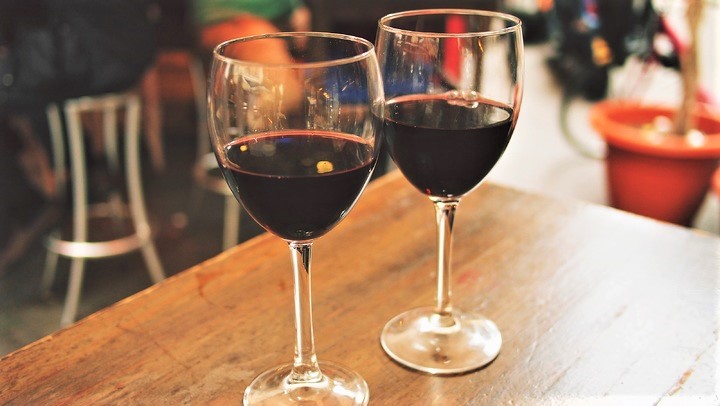Arringo is like the ancient internal square of Castello di Piglio.
In the Middle Ages it was accessed via a stone staircase, which descended steeply from the upper area of the castle itself and emerged right there at a large open space surrounded by thick and severe walls.
For the ceiling, Arringo only had the sky.
A sky of a stunning blue, like that of the chopped lapis lazuli that soon the great Italian Renaissance painters would use to redesign once and for all the boundaries of beauty.
On feast days, the people and notables of the town met in that intimate and harmonious space, where nature and human ingenuity had found a perfect balance.
That balance and harmony that we have tried to come back to through a wine capable of being poured not only in a glass, but in centuries of history.
A product created to witness visceral love for a prodigal and maternal land. A handkerchief of villages, fields and vineyards that was the landing place for artists, leaders and adventurers who here intertwined their values with those of an archaic peasant culture, however willing to welcome and confront each other.
The Arringo wine was born from all of this and more. Also from the strong will of the Italian "ARSIAL" (Regional Agency for the Development and Innovation of the Agriculture in the Lazio Region) that has promoted and financed this project, in collaboration with the University of Viterbo and the CREA of Velletri, giving the opportunity to the producers of the Cesanese del Piglio wine area to particpate in this innovative experience.

It is a double fermentation wine that is obtained by combining the classic winemaking process with a drying phase for part of the grapes. In our case, we dried about 20-25% of the grapes harvested in a so-called 'drying room'.
From these we have obtained a white must which, in the second phase of vinification, is added to the mass, thus restarting a second fermentation.
The double fermentation process is also known as the Governo Method of Tuscany, invented by Baron Ricasoli in the 1800s with the aim of "adjusting" the vintages considered less fine in order to obtain a fresh wine, ready to be drunk after a year from the harvest. A wine highly appreciated by the markets of the time.
They told me that in reality the resumption of fermentation was a practice that was often used already in the area, where the harvest began from the valley and continued towards the highest vineyards on the hill.
When it came to these, the must was added to that of the lower vineyards, which, however, often had already finished fermenting; and so it restarted.
The experimentation, carried out through methodology and scientific instrumentation, aims to make this process systematic, in order to obtain a product that has aromas and textures capable of enhancing the variety, giving the wine maturity, softness and aromas generally without using aging in wood.
The Arringo has a ruby red colour with purple reflections. The nose is complex, harmonious, with notes of cherry in spirit and spices. Finally, in the mouth it is structured and persistent, perfect with cold cuts and aged cheeses or with the first courses of Ciociaria tradition.
In the history of this wine there are all the stories that made this land unique. There is the taste of competition, of the ability to weave a new tapestry starting from the intertwined threads of our roots.
Because only those with strong roots always have good stories to tell.








Follow us